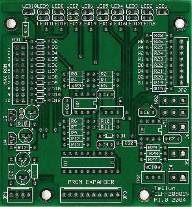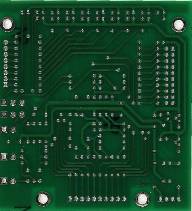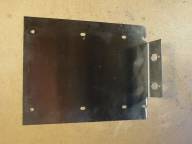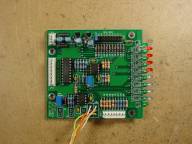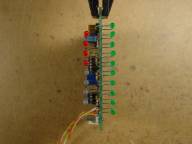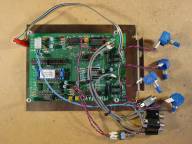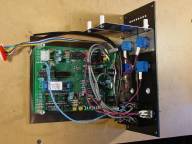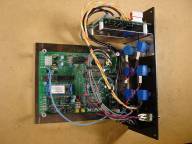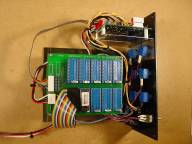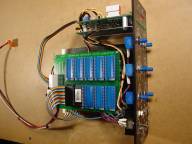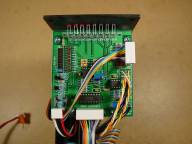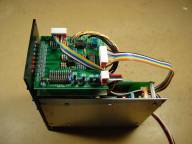Back to Synth DIY Projects
Last updated: December 17, 2005
DescriptionThe JLH-2090CV is a daughterboard for the Blacet/Wiard Miniwave. The JLH-2090CV is intended to be used with Dave Hylander's Miniwave ROM Expansion board. The JLH-2090CV adds voltage controlled switching of ROMs on the expansion board and an inverter for providing an inverted output from the Miniwave. The JLH-2090CV also provides space for mounting the Miniwave's four BANK and four WAVE LEDs.Circuit design by Larry Hendry. |
||||||||||||||||||||||||||
AvailabilitySold OutDavid Hylander is now handling distribution of the JLH-2090CV. Contact him if you are interesting in purchasing a PCB. MOTM-style front panels for this module can be ordered from Stooge Panels. |
||||||||||||||||||||||||||
DownloadsThe User Guide is very light on construction details; it only contains a circuit description and parts list. See Larry Hendry's Miniwave pages for additional construction info. JLH-2090CV User Guide rev 1.1 (pdf) JLH-2090CV Schematics rev 1.0 (pdf) |
||||||||||||||||||||||||||
Construction NotesI built my Miniwaves following Larry Hendry's example. I had previously built a couple of Miniwaves (with Stooge panels and brackets) that used the simpler A/B switch to select between two ROMs. Those brackets were trimmed so that only the two centre mounting holes remained. I had to get new panels to accomodate the JLH-2090CV but was able to reuse the brackets (see pictures below). Here are some notes I made:
|
||||||||||||||||||||||||||
Pictures
|
